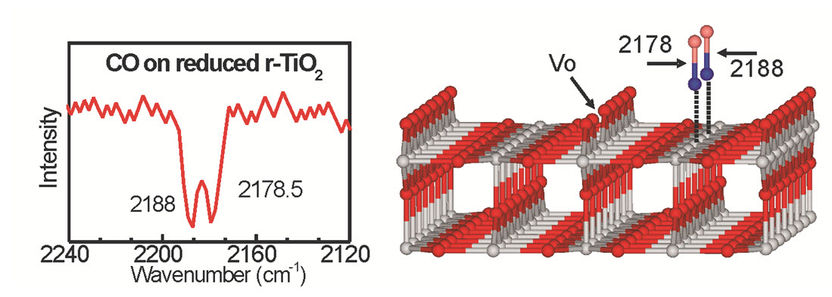Using insects to test for drug safety
Insects, such as some moths and fruit flies, react to microbial infection in the same way as mammals and so can be used to test the efficiency of new drugs, thereby reducing the need for animal testing. Dr Kevin Kavanagh from the National University of Ireland – Maynooth, presented his research findings at the Society for General Microbiology's meeting at Heriot Watt University, Edinburgh.
Neutrophils, which are a type of white blood cell and part of the mammalian immune system, and haematocytes, which are cells that carry out a similar function in insects, react in the same way to infecting microbes. Both the insect and mammalian cells produce chemicals with a similar structure which move to the surface of the cells to kill the invading microbe. The immune cells then enclose the microbe and release enzymes to break it down.
Insects such as fruit flies (Drosophila), Greater Wax Moths (Galleria) and a type of Hawkmoth (Manduca) can be used to test the efficacy of new antimicrobial drugs or to judge how virulent fungal pathogens are. It is now routine practice to use insect larvae to perform initial testing of new drugs and then to use mice for confirmation tests. As well as reducing by up to 90% the number of mice required, this method of testing is quicker as tests with insects yield results in 48 hours whereas tests with mice usually take 4-6 weeks.
"We will continue to explore the similarities between insect and mammalian immune responses so that insects can be used as models to study different disease states in humans," said Dr Kavanagh.
"In addition we have shown that immune cells in insects and mammals are structurally and functionally similar despite being separated by over 400 million years of evolution."
Most read news
Topics
Organizations

Get the analytics and lab tech industry in your inbox
By submitting this form you agree that LUMITOS AG will send you the newsletter(s) selected above by email. Your data will not be passed on to third parties. Your data will be stored and processed in accordance with our data protection regulations. LUMITOS may contact you by email for the purpose of advertising or market and opinion surveys. You can revoke your consent at any time without giving reasons to LUMITOS AG, Ernst-Augustin-Str. 2, 12489 Berlin, Germany or by e-mail at revoke@lumitos.com with effect for the future. In addition, each email contains a link to unsubscribe from the corresponding newsletter.
























































